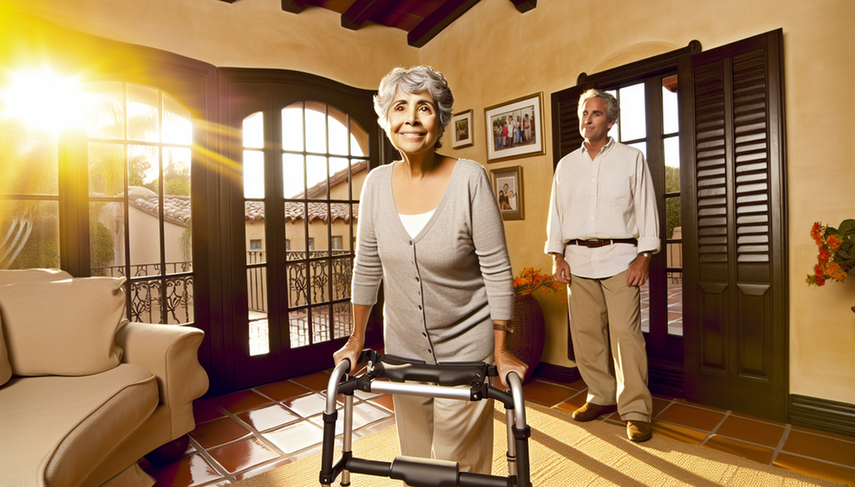Key Strategies for Fall Prevention and Fracture Management in the Elderly: Risk Assessment and Therapeutic Exercise

Fall prevention and fracture management in the elderly is a crucial challenge in geriatric healthcare. With the aging population, the incidence of falls and their consequences, such as fractures, has become a significant public health concern. Falls not only affect the quality of life of older adults but also increase the burden on healthcare systems due to associated complications. This article explores effective strategies for reducing the risk of falls and fractures in this vulnerable population.
Prevention Measures and Risk Assessment
Risk assessment is fundamental for identifying elderly individuals at higher risk of falls. According to a systematic study, interventions that include therapeutic exercise have proven effective in reducing both the number of falls and fall-related fractures. Exercise, especially that which improves balance and strength, is a key intervention that can be implemented individually or as part of a multifactorial approach.
Additionally, medication review and home environment modification are critical components of multifactorial interventions. A clinical guidelines analysis highlights the importance of these strategies, along with vision correction and appropriate footwear, in preventing falls in the elderly.
Sarcopenia, or loss of muscle mass, is another significant risk factor for falls and fractures. A recent meta-analysis underscores the association between sarcopenia and an increased risk of falls and fractures, reinforcing the need for interventions aimed at improving muscle mass and strength in older adults.
Conclusions and Post-Fall Care
The implementation of post-fall care programs is essential for minimizing complications and improving recovery in elderly individuals who have experienced a fall. Rehabilitation, which includes physical therapy and nutritional management, is crucial for restoring mobility and preventing future falls. A study on hip fracture management emphasizes the importance of a multidisciplinary approach in the rehabilitation of geriatric patients.
In conclusion, fall prevention and fracture management in the elderly population require a comprehensive approach that combines risk assessment, therapeutic exercise, environmental modification, and management of sarcopenia. These strategies not only improve the quality of life for older adults but also reduce the burden on healthcare systems.
Referencias
- [1] Interventions for preventing falls and fall-related fractures in community-dwelling older adults: A systematic review and network meta-analysis.
- [2] Evaluation of Clinical Practice Guidelines on Fall Prevention and Management for Older Adults: A Systematic Review.
- [3] Sarcopenia and its association with falls and fractures in older adults: A systematic review and meta-analysis.
- [4] Physical Therapy Management of Older Adults With Hip Fracture.
Created 13/1/2025
